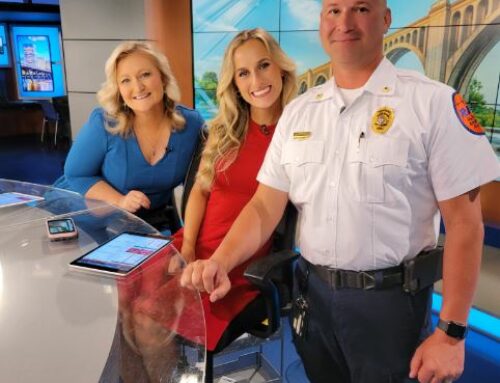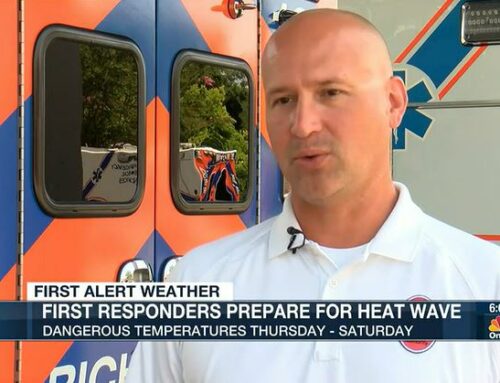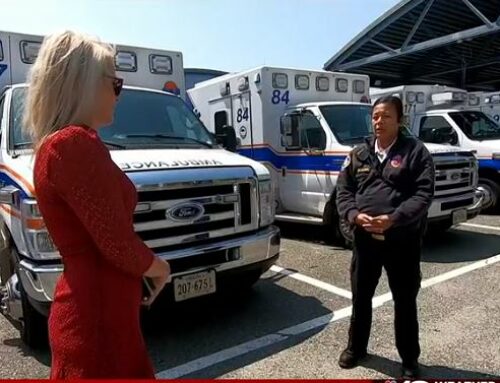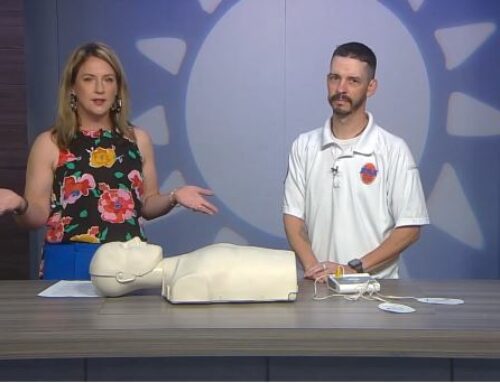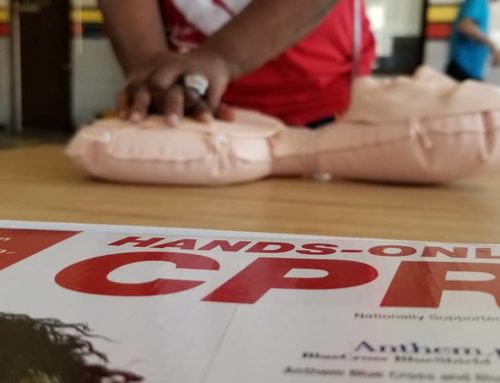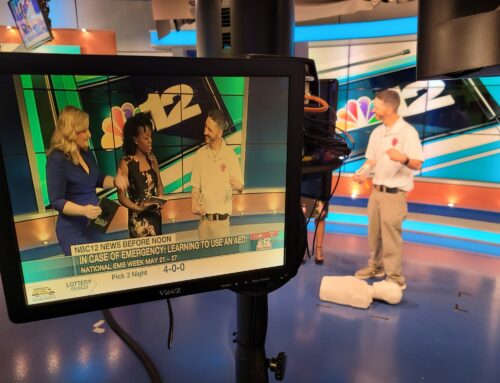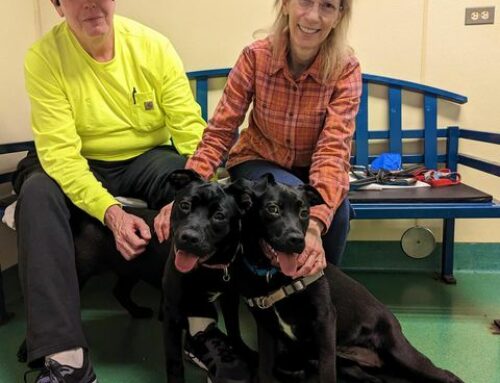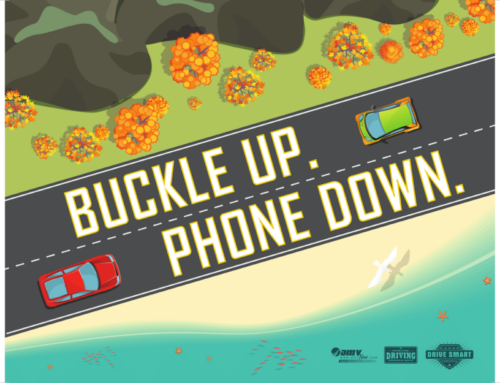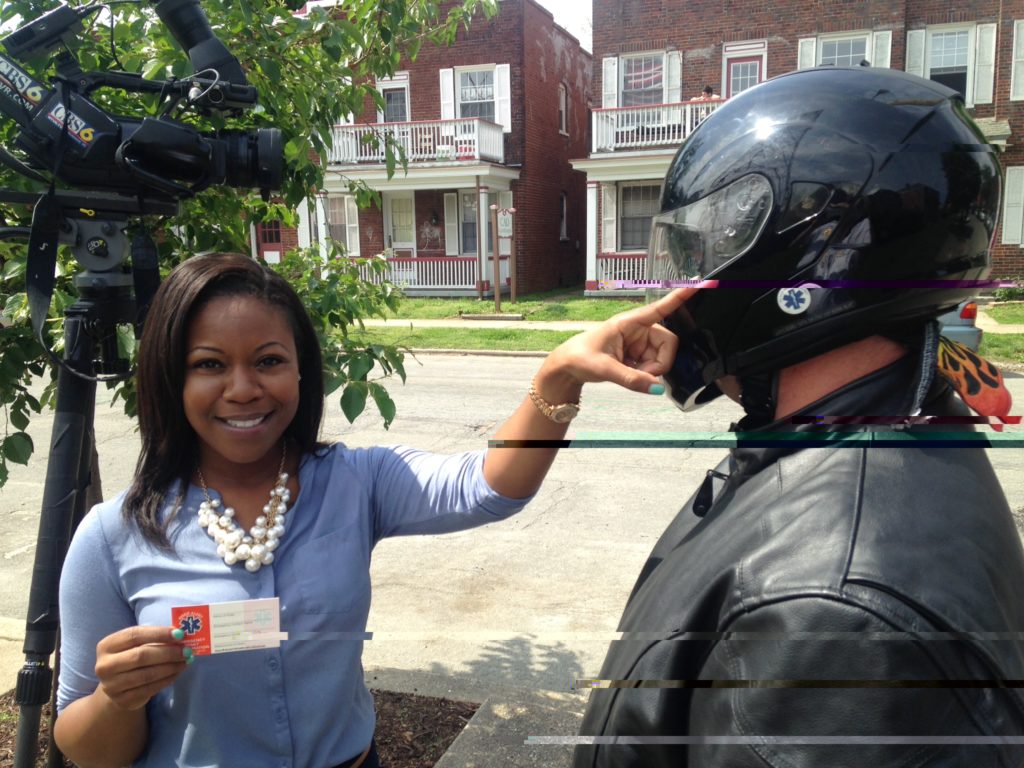
The number of female motorcycle riders in the nation and in Virginia has soured in the past decade while crash fatalities, at least in Virginia, are thankfully going the other way. Could it be that lady riders are safer? AAA and RAA say the numbers prove it and that it is no surprise.
According to the Motorcycle Industry Council, the number of female operators shot up from 4.3 million in 2003 to 7.1 million in 2009 (latest numbers available).
In the Commonwealth of Virginia, from 2011 to 2013, female motorcycle endorsements increased by nearly twice (10.37%) that of male endorsements (5.74%) while fatalities in that same time period were down by 33%, according to preliminary crash data provided by the Virginia Department of Motor Vehicles (DMV). Furthermore, female riders in 2012 died at the rate of about one in every seven thousand (6,902), while male rider death rates were much higher, at one in about every five thousand (4,732).
“Females are naturally protective, nurturing, often take less risks than males and many are mothers who want to be around to raise their children. While not all women fit this description, those who do are not only more cautious riders but would likely take safety classes and wear protective gear when riding,” said Martha Mitchell Meade, Manager of Public and Government Affairs and a licensed motorcycle rider.
It’s not, however, just the women who are strapping on their helmets and paying attention to safety; there is more good news report. Overall, motorcycle endorsements (male and female) in Virginia have increased 6.3% in Virginia since 2011, while the overall percentage of motorcycle-related fatal crashes to total fatal crashes stand at just nine percent (a 30% decrease). Injury numbers related motorcycle crashes are also at their lowest in four years, at three percent of all injury crashes in Virginia. Those numbers are the lowest in at least four years and have safety advocates cheering.
“I am encouraged that serious injuries and fatalities among motorcycle riders in the commonwealth are down and hope to continue to work long and hard to ensure that this encouraging downturn continues,” said Rob Lawrence, Chief Operating Officer, of the Richmond Ambulance Authority. And their message is simple, “AAA and the Richmond Ambulance Authority are shouting their safety messages once more as we enter the busy summer driving season when more motorcycles are on the road. Motorists and motorcycle enthusiasts must Share The Road to help further the effort of reducing fatalities and injuries on Virginia’s highways.”
Each year, AAA Mid-Atlantic partners with the Richmond Ambulance Authority (RAA) to promote motorcycle rider safety. In April 2011, RAA launched Rider Alert to help reduce motorcycle fatalities by providing first-responders with medical information needed to help injured motorcyclists. Through identification data cards placed inside helmets, first-responders have access to vital, life-saving information on injured riders involved in accidents, so they can provide faster and more accurate medical assistance, thus saving more lives.
“We are very pleased to learn motorcycle fatalities have reduced dramatically since the start of the Rider Alert program and continue this year on their downward trend,” said Lawrence. “Motorcycle safety is the responsibility of everyone, from motorists and motorcyclists to first responders. Motorcyclists must be properly trained, follow traffic laws and wear visible clothing. Motorists need to remain alert at all times and give motorcyclists plenty of room. First-responders need access to vital, life-saving information. That’s why the Richmond Ambulance Authority spearheaded the Rider Alert program,” added Lawrence.
With the motorcycle riding season well underway, safety advocates across the Commonwealth ask all drivers to remain alert and share the road equally with the motorcycling community.
Tips for Motorists
- Share the road. A motorcycle has the same privileges as any other vehicle on the road. Be courteous and give the motorcyclist a full lane of travel.
- Position your mirrors to minimize blind spots. Adjust the rearview mirror so it shows as much of the rear window as possible. While in the driver’s seat, place your head near the left window and adjust the left side-view mirror so you can just see the side of your vehicle. Then, position your head near the middle of the vehicle, above the center console, and adjust the right side-view mirror so you can just see the side of your vehicle.
- Look out. Look for motorcyclists on the highway, especially at intersections when a motorcyclist may be making a turn or changing lanes. Clearly signal your intentions.
- Anticipate a motorcyclist’s maneuvers. Obstructions (debris, potholes, etc.) that you may ignore or not notice can be deadly for a motorcyclist. Anticipate their possible evasive actions.
- Allow plenty of space. Do not follow a motorcycle too closely. Allow enough room for the motorcyclist to take evasive actions.
- Keep your cool. Even if you get agitated seeing a motorcyclist making unsafe moves, do not attempt to play games on the road.
Safety Tips for Motorcyclists
Make yourself visible. Choose protective gear that provides visibility and protection. This includes wearing bright colors. If riding at night, wear clothing with reflective materials.
- Allow space. Position your bike in the lane so that you can be seen. Allow additional space for emergency braking and room to maneuver. Avoid riding in a motorist’s blind spot. Make lane changes gradually and use appropriate signaling.
- Never share a lane beside a car. A driver may be unaware of your presence. Most drivers are looking for larger vehicles, not motorcycles.
- Clearly signal your intentions. Use turn signals before changing lanes and never weave between lanes.
- Don’t speed. Obey the posted limits and adjust your speed to the changing road conditions.
- Wear protective gear.
- Helmet – Always wear a U.S. DOT-approved helmet. It can save your life and it is the law in Virginia.
- Eye protection – Visibility is key to riding safely. Many motorcycles do not have windshields. Riders should protect their eyes with goggles that can shield the face from wind and debris, both of which can cause tearing and blurred vision.
- Body Protection – Jackets with long sleeves and trousers protect limbs from injury.
- Gloves – Durable gloves should be a non-slip type to permit a firm grip on controls.
- Footwear – Proper over-the-ankles footwear should be worn to help prevent injuries.
- Complete a motorcycle rider education and training course. The overwhelming majority of motorcyclists have had no formal training – they were self-taught or learned from family and friends. Before operating a motorcycle in Virginia, a rider must pass the motorcycle knowledge exam, hold a motorcycle learner’s permit for 30 days and pass the motorcycle road skills test. Completing a Virginia Rider Training Course exempts the rider from taking the exams.
The Rider Alert motorcycle safety program distributes free identification data cards that help first responders to provide rapid and accurate medical assistance to motorcyclists involved in serious accidents. Launched by the Richmond Ambulance Authority, Bon Secours Virginia Health System and Motorcycle Virginia! In April 2011, Rider Alert is the first program of its kind in the United States. The Rider Alert card is placed inside a rider’s helmet and contains vital life-saving information, emergency contacts and important medical history. When first responders arrive on the scene of a motorcycle accident, a sticker on the outside of the helmet will indicate that the biker has a Rider Alert card. The sticker also warns bystanders not to remove the helmet, which could cause further injury. For more information, please visit www.rideralert.org.
AAA Mid-Atlantic serves nearly 808,000 members in the Commonwealth of Virginia and is the nation’s fifth largest auto club with nearly 4 million members in Virginia, Maryland, Delaware, the District of Columbia, Pennsylvania, and New Jersey. It provides a wide range of personal insurance, travel, financial and automotive services through its 50-plus retail branches, regional operations centers, and the Internet. For more information on AAA Mid-Atlantic, please visit our web site at www.AAA.com. Persons wanting to comment on this issue can go to AAA Mid-Atlantic’s Community pages at http://www.AAA.com/community and post comments. The organization is anxious to hear from travelers with their thoughts on this subject and others.

